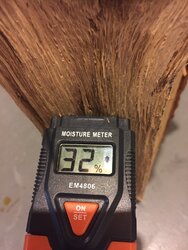BigCountryNY
Burning Hunk
Oil is cheaper than wood right now, so I might go that route for this season and begin stock piling for future winters.
Don't remember who already posted it or in which thread, but assuming one is burning oak @ $250/cord, #2 fuel oil would have to get to $1.38/gal to break even when comparing BTU to BTU between the two.



